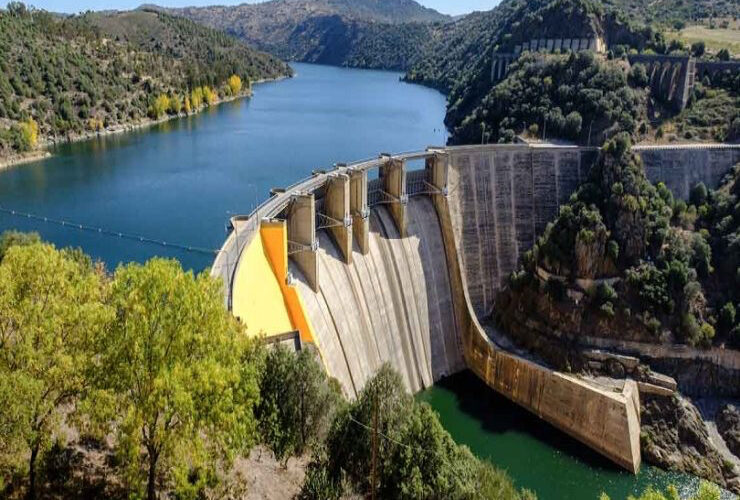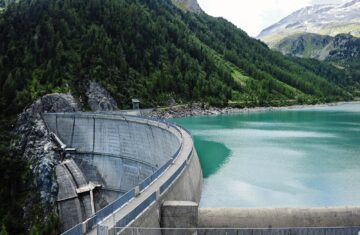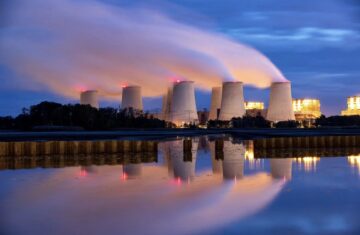The Current State of Hydropower Energy in Portugal
Hydropower energy is a cornerstone of Portugal’s renewable energy strategy, playing a crucial role in the country’s transition to a sustainable energy future. With its abundant water resources and favorable geography, Portugal has established itself as a leader in hydropower generation in Europe. This article explores the current state of hydropower energy in Portugal, its historical context, potential for growth, challenges, and future prospects, supported by key statistics and insights from official sources.
Understanding Hydropower Energy
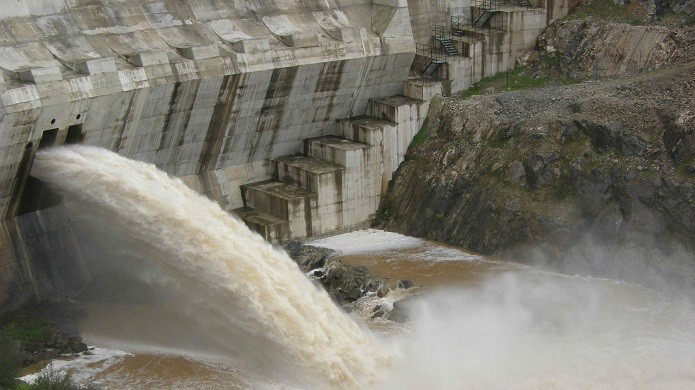
What is Hydropower Energy?
Hydropower energy is generated by harnessing the energy of flowing or falling water to produce electricity. It involves the use of dams or run-of-the-river systems that capture the kinetic energy of water. Hydropower can be categorized into several types:
- Reservoir Hydropower: Utilizes dams to store water in reservoirs, releasing it to generate electricity.
- Run-of-the-River Hydropower: Generates energy from the natural flow of rivers without significant water storage.
- Pumped Storage Hydropower: Stores energy by pumping water to a higher elevation during low demand and releasing it during peak demand.
Importance of Hydropower in Portugal
Hydropower plays a significant role in Portugal’s energy landscape. As of 2022, hydropower accounts for approximately 30% of the country’s total electricity generation, making it one of the leading sources of renewable energy in Portugal. This contribution is vital for reducing greenhouse gas emissions and enhancing energy security.
Current Hydropower Capacity in Portugal

Installed Hydropower Capacity
As of 2022, Portugal’s total installed hydropower capacity is approximately 7,800 MW. This capacity is derived from various hydropower plants across the country, ranging from large facilities to smaller plants.
Key Statistics
- Total Installed Hydropower Capacity: 7,800 MW
- Annual Hydropower Generation (2022): Approximately 22 TWh
- Percentage of Total Electricity Generation: 30%
Major Hydropower Plants in Portugal
Portugal is home to several significant hydropower plants, which contribute substantially to its energy production:
- Alqueva Dam: Located on the Guadiana River, it is the largest hydroelectric facility in Portugal, with a capacity of 520 MW.
- Cavado Hydropower Plant: Situated on the Cavado River, it has a capacity of 123 MW and plays a significant role in regional electricity supply.
- Douro River Plants: Several plants along the Douro River contribute to a combined capacity of over 1,000 MW, including the Crestuma-Lever Dam.
The Role of Hydropower in Portugal’s Renewable Energy Strategy
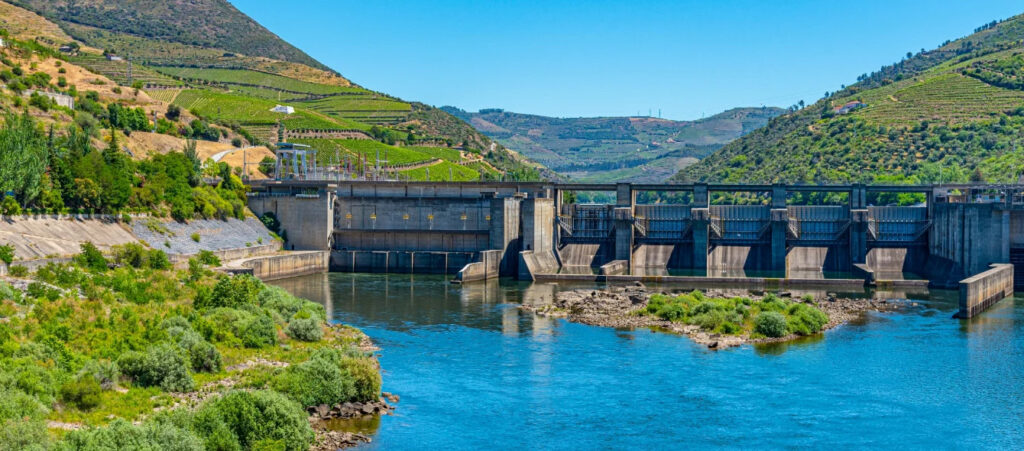
National Energy and Climate Plan (NECP)
Portugal’s National Energy and Climate Plan (NECP) outlines the country’s commitment to increasing the share of renewable energy sources. The plan aims for 80% of electricity generation to come from renewable sources by 2030, with hydropower playing a crucial role in achieving this target.
EU Regulations and Support
As a member of the European Union, Portugal adheres to various regulations aimed at promoting renewable energy. The EU Renewable Energy Directive sets ambitious targets for member states, including increasing the use of hydropower.
Advantages of Hydropower Energy
Renewable and Sustainable
Hydropower is a renewable resource that can provide a continuous supply of energy as long as water flows. This characteristic helps reduce reliance on fossil fuels and contributes to lower carbon emissions, aligning with global climate goals.
Energy Storage and Flexibility
Pumped storage hydropower facilities enhance grid stability by storing energy during periods of low demand and releasing it when demand peaks. This flexibility is crucial for integrating variable renewable sources like wind and solar into the energy mix.
Economic Benefits
Hydropower projects create jobs and stimulate local economies. The construction and maintenance of hydropower plants provide employment opportunities in various sectors, including engineering, construction, and environmental management. According to the International Hydropower Association (IHA), the hydropower sector could generate significant economic benefits for Portugal.
Challenges Facing Hydropower in Portugal
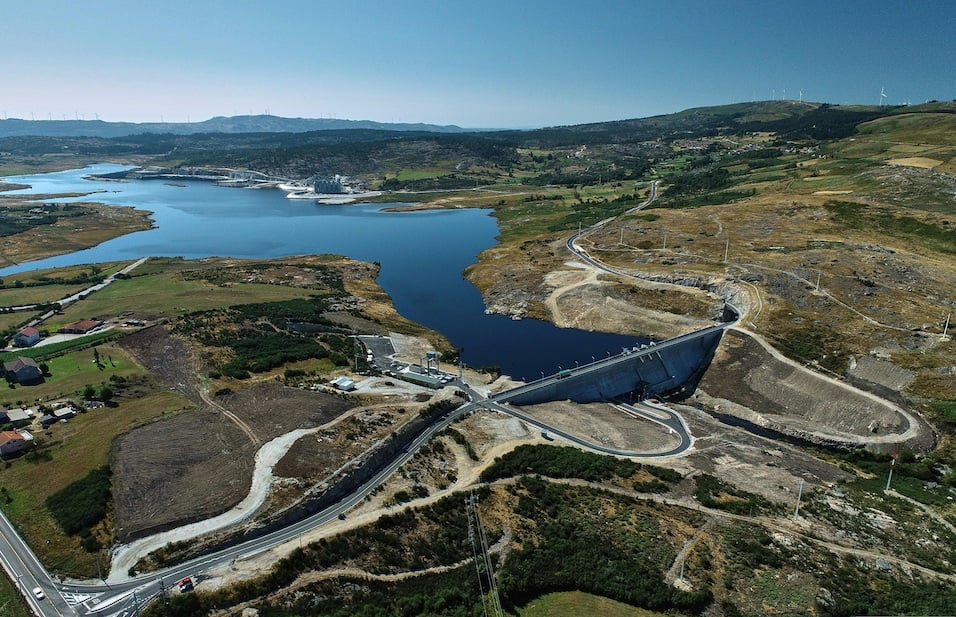
Environmental Concerns
While hydropower is a clean energy source, it can have negative environmental impacts, such as habitat disruption and changes to water quality. The construction of dams can affect local ecosystems and fish populations, necessitating careful environmental assessments.
Water Scarcity
Portugal faces challenges related to water scarcity, particularly in the southern regions. Climate change has led to decreased water flow in many rivers, affecting the viability of hydropower generation. The government must balance energy needs with water conservation efforts.
Regulatory and Bureaucratic Hurdles
Navigating the regulatory landscape for hydropower projects can be complex. Delays in obtaining permits and approvals can hinder the development of new projects, impacting the overall growth of the sector.
Future Prospects for Hydropower in Portugal
Technological Innovations
Advancements in technology are crucial for enhancing the efficiency and sustainability of hydropower plants. Innovations such as fish-friendly turbines and improved dam designs can mitigate environmental impacts while maximizing energy generation.
Expansion of Pumped Storage Facilities
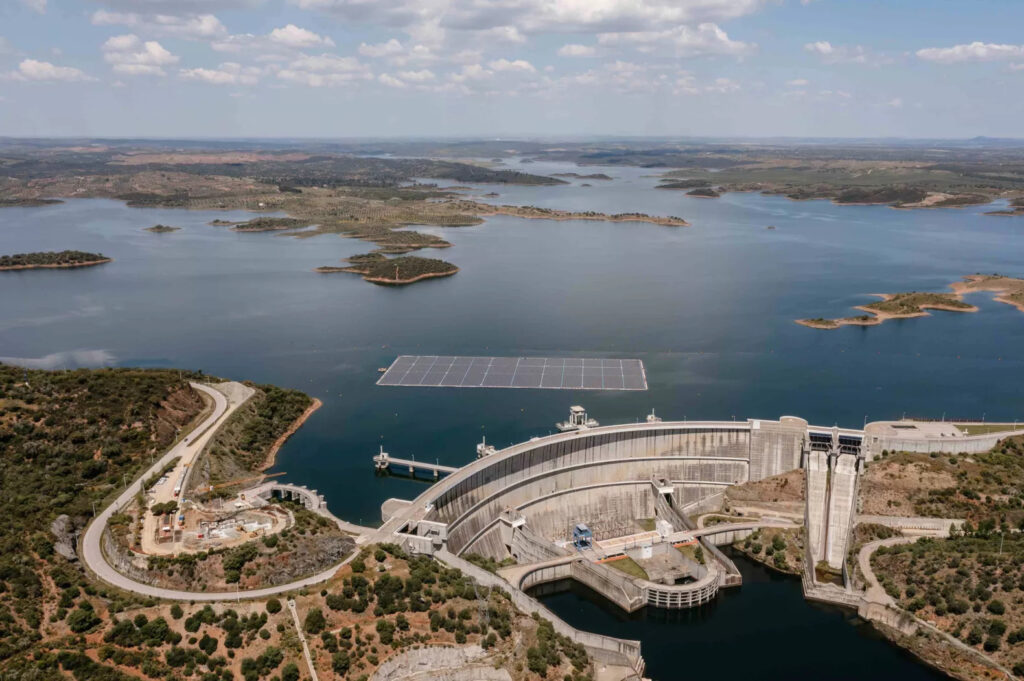
Pumped storage hydropower offers significant potential for enhancing grid stability and energy storage capabilities. Portugal can invest in expanding its pumped storage facilities to better integrate renewable energy sources and manage fluctuating demand.
Integration with Other Renewable Sources
Integrating hydropower with other renewable energy sources, such as wind and solar, can enhance energy security and grid stability. This hybrid approach can help balance supply and demand, particularly during periods of variable weather.
Conclusion
Hydropower energy is a vital component of Portugal’s renewable energy landscape. With its extensive capacity, historical significance, and potential for growth, hydropower can play a crucial role in achieving Portugal’s energy and climate goals. While challenges remain, technological innovations and supportive policies can help Portugal harness its hydropower potential for a sustainable future.
References
- National Energy and Climate Plan (NECP)
- International Hydropower Association (IHA)
- Ministry of Environment and Climate Action
- European Commission – Renewable Energy
- International Energy Agency (IEA)
